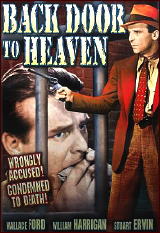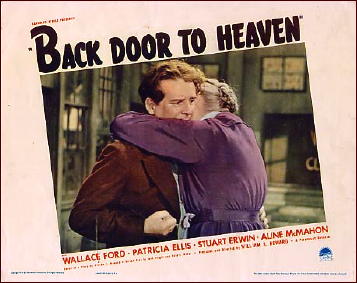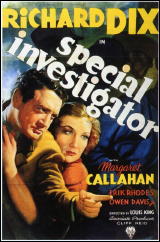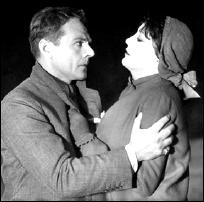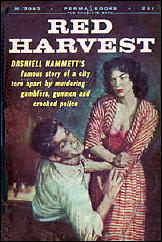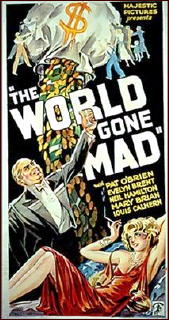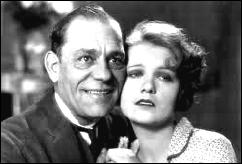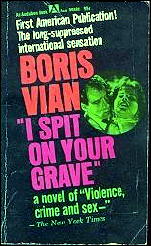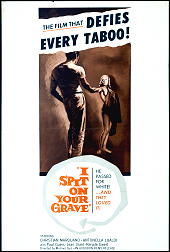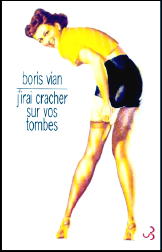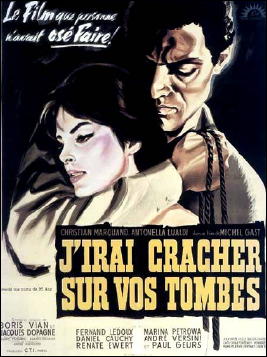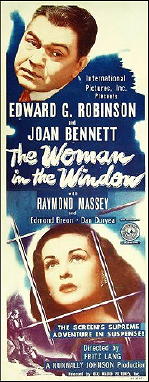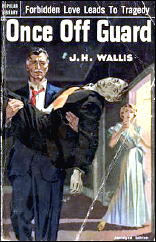THE LOOKOUT. Miramax, 2007. Joseph Gordon-Levitt, Jeff Daniels, Matthew Goode, Isla Fisher, Sergio Di Zio. Screenwriter & director: Scott Frank.
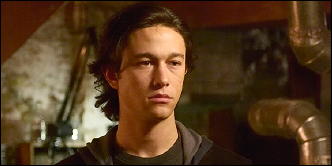
Here’s a crime film that I doubt ever played anywhere in Connecticut, and if it did, it passed through with no notice at all.
It’s flawed, perhaps even fatally, but the performances done to perfection all the way through, some of which I’ll remember for a long time, and I recommend the movie highly. Two thumbs up, using both hands.
Now that I have the preliminaries out of the way, what’s it about? Even as the movie begins, very very slowly in paving its own deliberate way, the title’s there in your mind, and all odds are that as you’re watching, you’ll know, like me, exactly what’s going to happen, eventually.
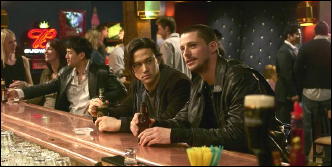
What this is, is the story of Chris Pratt (Joseph Gordon-Levitt) from beginning to end. A star hockey player in high school, his world is turned upside down when a terrific automobile accident kills the couple in back seat, forces the amputation of his girl friend’s leg – she was sitting in the passenger seat beside him – he was driving, and it was his fault – and he’s trying to put something that resembles a life back together again.
Gordon-Levitt is a marvelous young actor. He could have played his character’s obviously diminished mental capabilities too broadly, so that we can’t possibly help but take notice, but what he does, he does subtly, and he does it right. Just a bit of clumsiness now, a touch of awkwardness then, and in between, stopping ever once in while to take out his notebook to be sure he knows what he should be doing next.
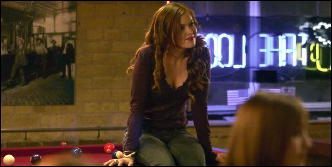
(One flaw here is the unanswered question as to how Chris Pratt would ever be allowed to drive a car, but he does; otherwise there’d be no way for him to get to the bank where he works as the overnight janitor. He hopes to work his way up to a teller.)
I used the word Bank just a second ago. As soon as you the viewer see this, and you think of the movie’s title, you say to yourself, I know where this movie’s going. And you’d be right.
Two more good performances. First by Matthew Goode, as the scummy but utterly convincing fellow who convinces Chris that robbing the bank would be a good idea, and secondly by Isla Fisher, the girl who helps in the convincing part by seducing Chris – there’s no better word for it – into taking on the role they have planned for him – that being, of course, the double-barreled task of letting Goode’s gang in and acting as Lookout once they do.
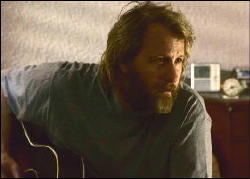
(Another flaw is that once she’s played her part, Isla Fisher’s character has no place to go, and she flat out disappears from the rest of the movie.)
The bank robbery does not go well (do they ever?) and we’ll leave it at that, although there is still a long portion of the movie yet to go. Those who have been waiting for the action to start — well, their patience is at last rewarded.
At which point in these comments I see I have not mentioned Jeff Daniels, and I should have. He plays Chris’s roommate Lewis in the apartment they share.
They make a good twosome, as Lewis is blind, but outwardly cheerful about it. (Inwardly we are not so sure.) It is not easy playing someone who’s blind, but Daniels, brusque and slightly overpowering in the role, is nonetheless charming and perhaps not as carefree as he lets on.
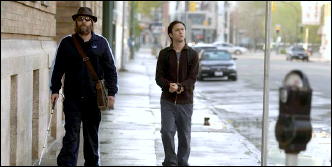
Pfui. When I sat down and started writing this review, I intended to keep it short. And here am I telling you the whole story. But I’ve gone back over what I’ve written, and I don’t see anything I’d care to cut. Sorry.
(One final flaw. This movie, carefully paced, ends more happily than it has any right to be. I’ll stop here. If you see the movie, or if you have seen it, you’ll know what I’m saying. Not that I have anything against happy endings, but if I’d been in charge, I’d have made some changes, if you know what I mean.)
